‘The Sandman’ Creator Neil Gaiman Says Anyone Who Criticizes Race-Swapping In ‘The Rings of Power’ Is “Either Racist Or Hasn’t Read Their Tolkien”

In the latest trotting out of what is arguably the most tired and transparent defense of corporate pop-culture slop, The Sandman creator Neil Gaiman recently cited a disingenuous misinterpretation of J.R.R. Tolkien’s original writings in order to decry any critic of Amazon’s decision to race-swap various characters and races in The Lord of the Rings: The Rings of Power as nothing more than – surprise – racists.
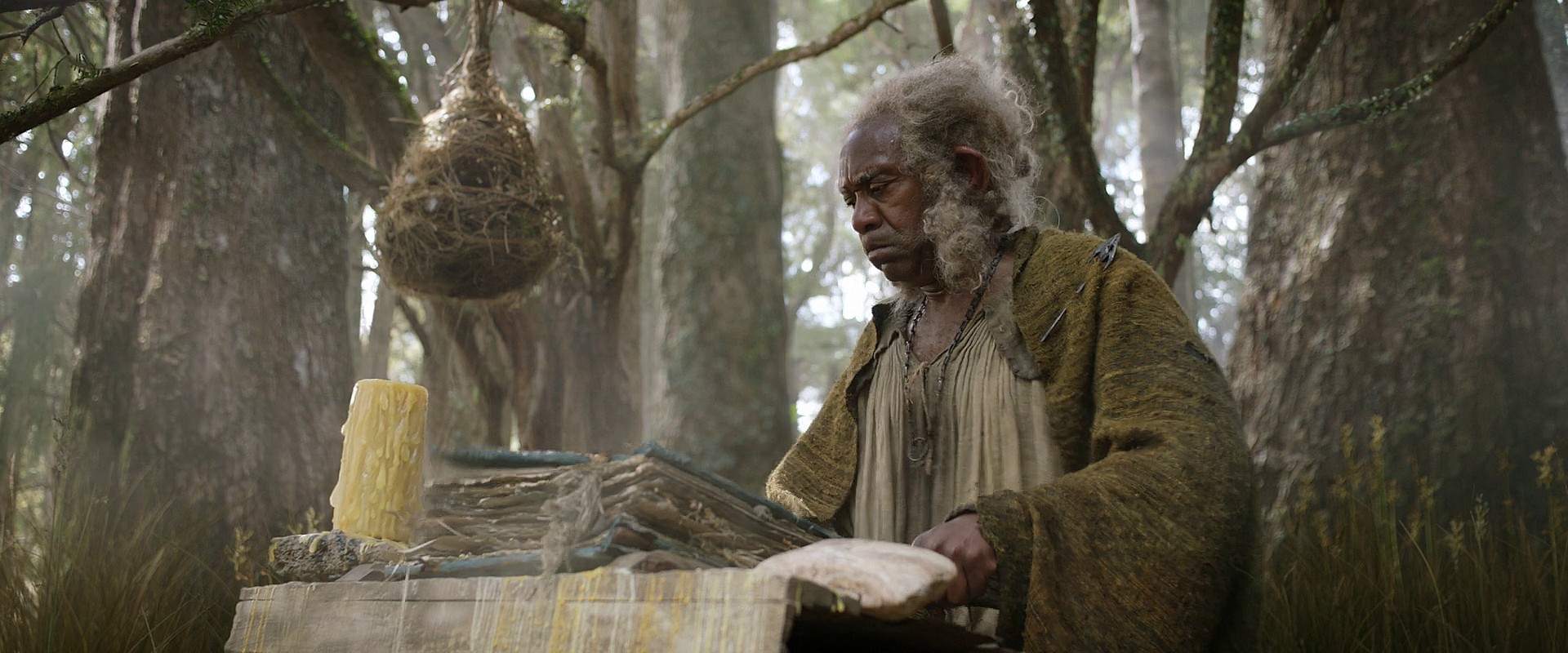
RELATED: Elon Musk Roasts ‘The Lord Of The Rings: The Rings Of Power’: “Tolkien Is Turning In His Grave”
Gaiman shared his opinions on The Rings of Power’s detractors on September 2nd via his personal Twitter account, when he was tagged for his thoughts on an argument regarding the topic as put forth by UK conservative commentator Darren Grimes.
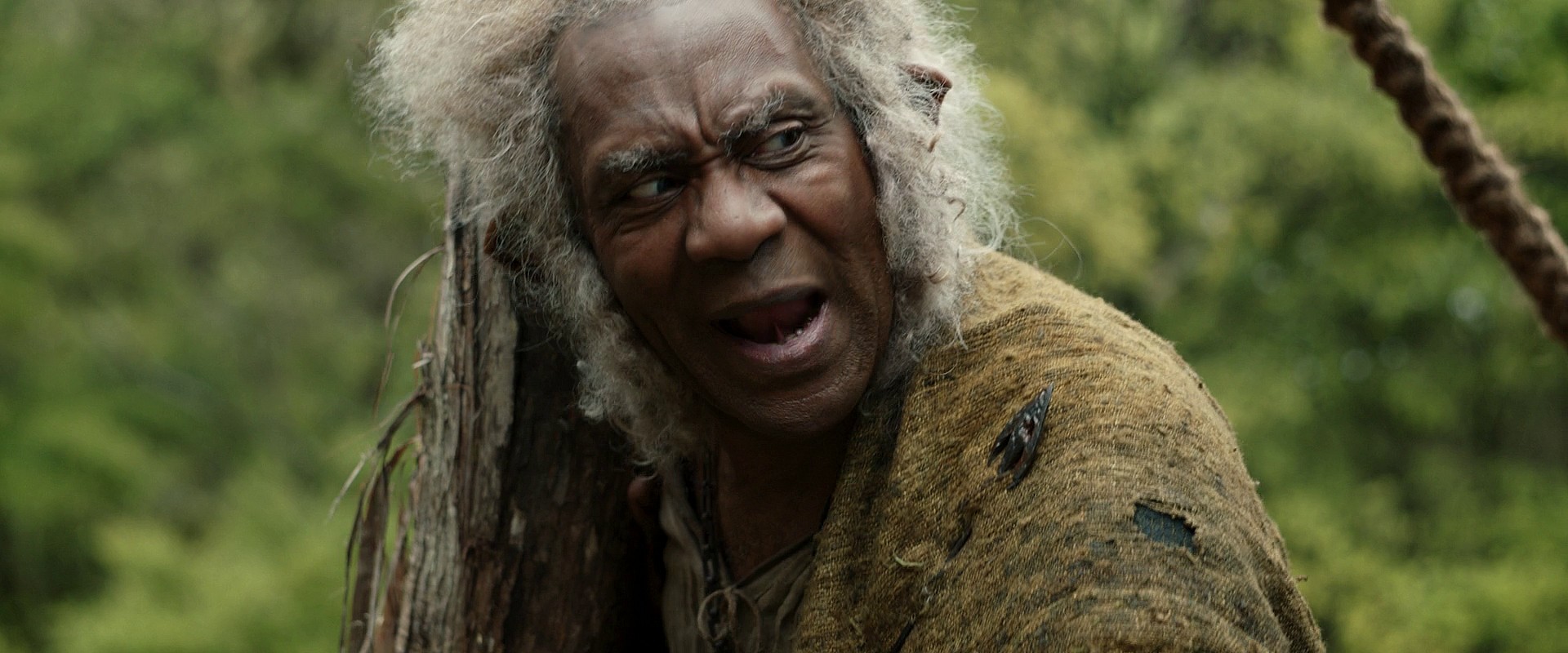
Responding to The Rings of Power star Lenny Henry’s recent accusation that critics of Amazon’s race-swapping “have no trouble believing in a dragon but can’t accept that a Black person could be a Hobbit or an elf”, Grimes asserted, “Lenny Henry misses the point.”
“Most fantasy fans have no issue with casting black actors,” he explained. “It’s when black actors are cast in roles that the author of the series has described as not being black. What’s so wrong about wanting to stick to the author’s vision?”
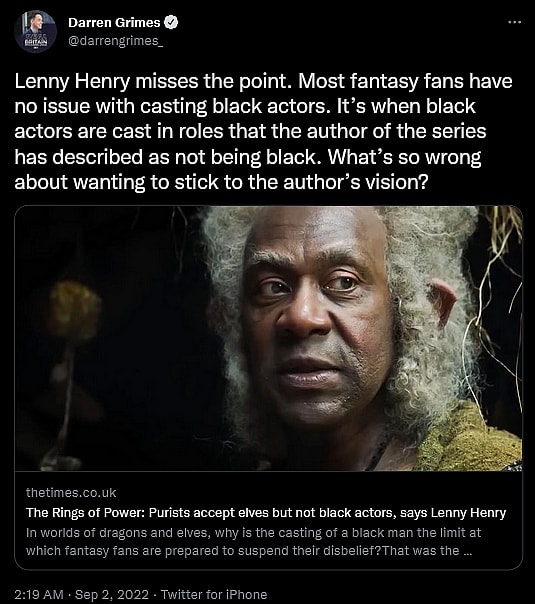
Alerted to Grimes’ tweet by user @Chartheegreat, Gaiman replied to Grimes, “Tolkien described the Harfoots as ‘browner of skin’ than the other hobbits. So I think anyone grumbling is either racist or hasn’t read their Tolkien.”
“Your mileage may vary,” the author added.
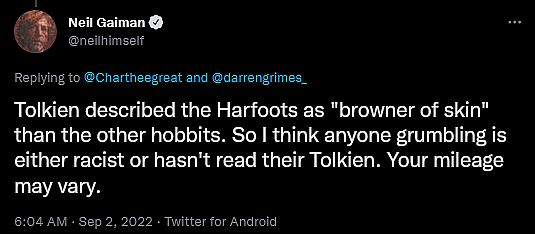
The line referenced by Gaiman appears in the prologue to Tolkien’s original The Lord of the Rings: The Fellowship of the Ring novel, wherein it is used in description of how the Harfoot breed of Hobbits differs from their fellow Stoors and Fallohides.
“The Harfoots were browner of skin, smaller, and shorter, and they were beardless and bootless; their hands and feet were neat and nimble; and they preferred highlands and hillsides,” wrote Tolkien.

As indicated by the use of ‘browner’ rather than ‘brown’, this descriptor was meant to be taken in comparison to the lighter-skinned complexion of the overall species.
This standard appearance is further alluded to by Tolkien’s follow-up note that the Fallohides were conversely “fairer of skin” than their general brethren.

After all, if these two breeds were both “browner” and “fairer” than the average Hobbit, it stands to reason that these two notable ‘extremes’ were slight variations on a similar base instead of outright differently-skinned.
Likewise, in a graphic novel adaptation of The Hobbit published by The Ballantine Publishing Group in 1990 and approved by The Tolkien Estate, the Hobbits are roundly illustrated as having white skin.
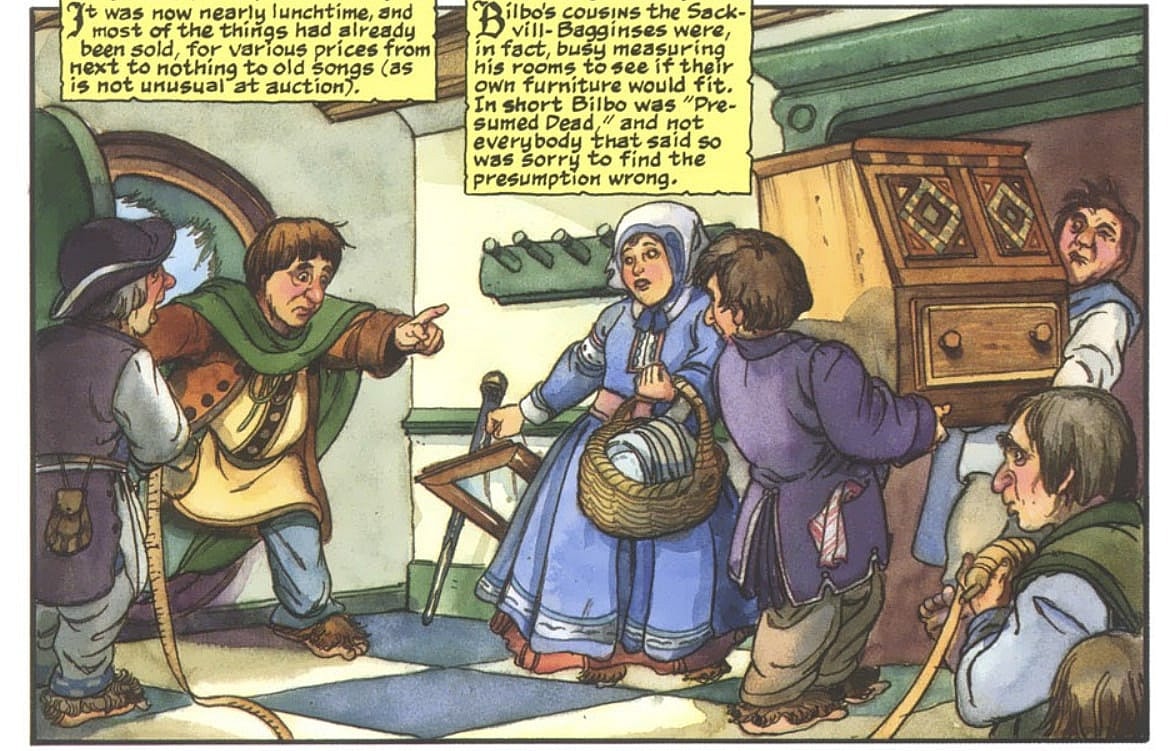
Conversely, in his various descriptions of the Haradrim people, Tolkien did not refer to their skin in comparative terms, but rather was direct in describing them as having skin that was either “brown” – used in description of the Southrons felled by Faramir and his men in The Two Towers – or “black” – used in description of a group of Far Haradians present during the Battle of the Pelennor Fields in The Return of the King.

Additionally, in Tolkien’s time, the term ‘brown’ was regularly used in reference to individuals of Mediterranean descent.
In one such example, Scottish writer Donald Alexander Mackenzie wrote in the 1915 book Myths of Babylonia And Assyria, “This distinguished ethnologist is frankly of opinion that the Sumerians were the congeners of the pre-Dynastic Egyptians of the Mediterranean or Brown race, the eastern branch of which reaches to India and the western to the British Isles and Ireland. In the same ancient family are included the Arabs, whose physical characteristics distinguish them from the Semites of Jewish type.”
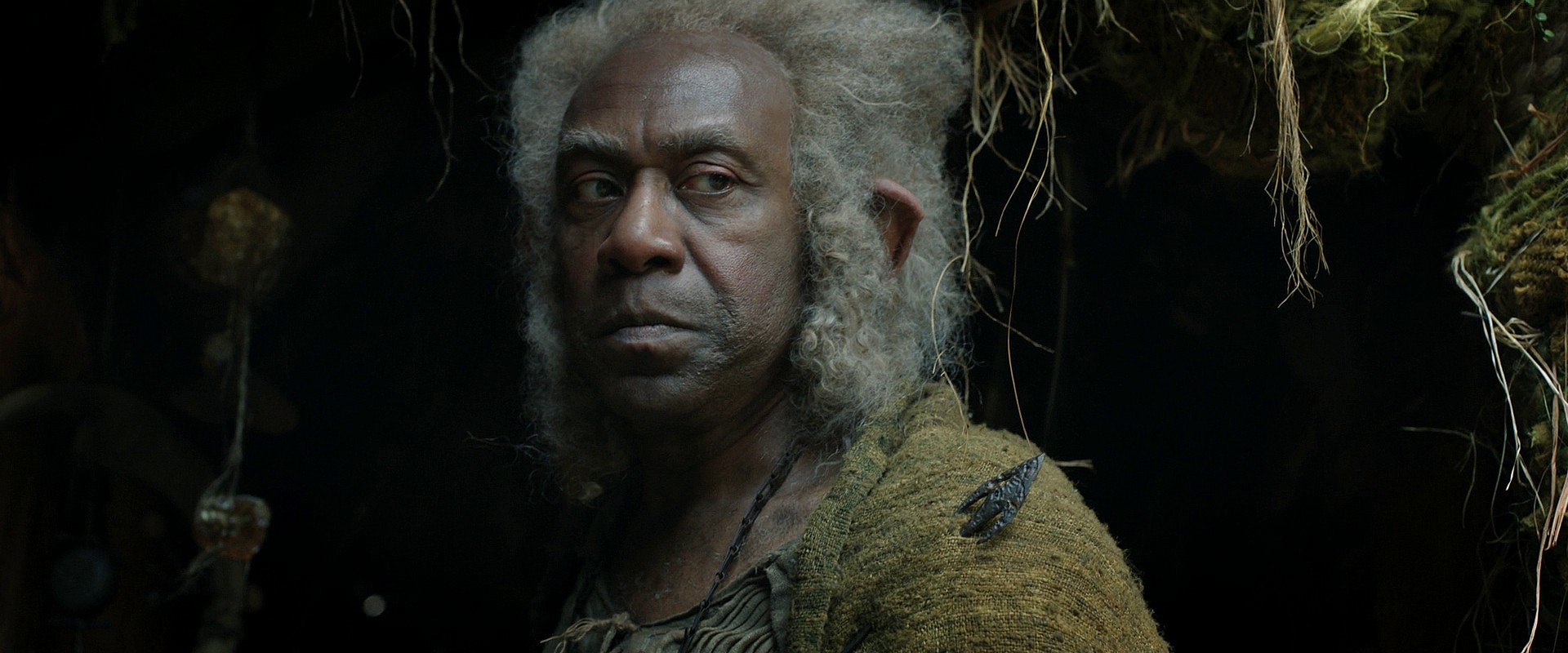
However, despite these points of fact being raised in counter to his argument, the author remained steadfast in his belief that the Harfoots were Black.
Met with a reply of “[Tolkien] clearly meant tanned or even of a more Mediterranean complexión,” from Twitter user @AllSight2, Gaiman argued, “Tolkien says they were browner of skin. Not that they spent longer in the sun.”


Addressing both Gaiman and @Chartheegreat, @Mrpotatyds wrote, “Browner of skin means tanned white similar to people who work in the sun as they are in a temperate environment like England, you are both lying and trying to deceive people Gaimen, shame on you,”
Refusing to budge, Gaiman reiterated, “Tolkien didn’t say ‘The Harfoots spent longer in the sun than any of the other hobbits and were a lot more tanned’. He said they were “browner of skin”.
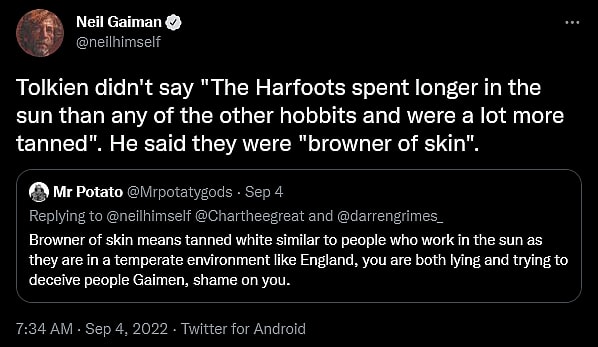
Eventually presented with a screenshot of a 2020 tweet wherein he himself declared, “the fan base are fans. And they like the source material because it’s the source material they like. So if you do something else, you risk alienating the fans on a monumental scale”, Gaiman dodged the point and instead mocked, “Oh! I have been exposed as a hypocrite for not realizing that what was important in Tolkien was preventing nut-brown Hobbits from appearing on the screen. Now I will delete my Twitter account and fade into the lonely darkness. Farewell.”


Amazon’s The Lord of the Rings: The Rings of Power is now streaming on Prime Video.
